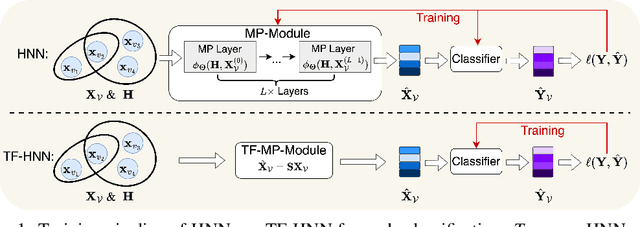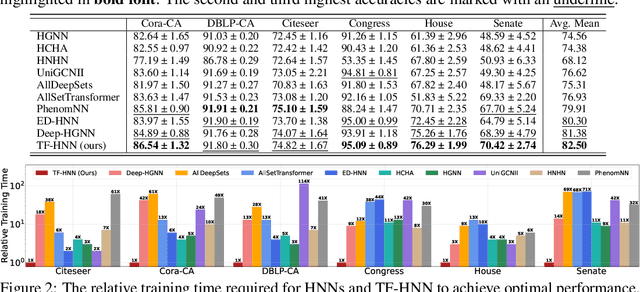Zexi Liu
Synthesizing Post-Training Data for LLMs through Multi-Agent Simulation
Oct 18, 2024Abstract:Post-training is essential for enabling large language models (LLMs) to follow human instructions. Inspired by the recent success of using LLMs to simulate human society, we leverage multi-agent simulation to automatically generate diverse text-based scenarios, capturing a wide range of real-world human needs. We propose MATRIX, a multi-agent simulator that creates realistic and scalable scenarios. Leveraging these outputs, we introduce a novel scenario-driven instruction generator MATRIX-Gen for controllable and highly realistic data synthesis. Extensive experiments demonstrate that our framework effectively generates both general and domain-specific data. Notably, on AlpacaEval 2 and Arena-Hard benchmarks, Llama-3-8B-Base, post-trained on datasets synthesized by MATRIX-Gen with just 20K instruction-response pairs, outperforms Meta's Llama-3-8B-Instruct model, which was trained on over 10M pairs; see our project at https://github.com/ShuoTang123/MATRIX-Gen.
Hypergraph Node Classification With Graph Neural Networks
Feb 08, 2024



Abstract:Hypergraphs, with hyperedges connecting more than two nodes, are key for modelling higher-order interactions in real-world data. The success of graph neural networks (GNNs) reveals the capability of neural networks to process data with pairwise interactions. This inspires the usage of neural networks for data with higher-order interactions, thereby leading to the development of hypergraph neural networks (HyperGNNs). GNNs and HyperGNNs are typically considered distinct since they are designed for data on different geometric topologies. However, in this paper, we theoretically demonstrate that, in the context of node classification, most HyperGNNs can be approximated using a GNN with a weighted clique expansion of the hypergraph. This leads to WCE-GNN, a simple and efficient framework comprising a GNN and a weighted clique expansion (WCE), for hypergraph node classification. Experiments on nine real-world hypergraph node classification benchmarks showcase that WCE-GNN demonstrates not only higher classification accuracy compared to state-of-the-art HyperGNNs, but also superior memory and runtime efficiency.
Hypergraph Transformer for Semi-Supervised Classification
Dec 18, 2023Abstract:Hypergraphs play a pivotal role in the modelling of data featuring higher-order relations involving more than two entities. Hypergraph neural networks emerge as a powerful tool for processing hypergraph-structured data, delivering remarkable performance across various tasks, e.g., hypergraph node classification. However, these models struggle to capture global structural information due to their reliance on local message passing. To address this challenge, we propose a novel hypergraph learning framework, HyperGraph Transformer (HyperGT). HyperGT uses a Transformer-based neural network architecture to effectively consider global correlations among all nodes and hyperedges. To incorporate local structural information, HyperGT has two distinct designs: i) a positional encoding based on the hypergraph incidence matrix, offering valuable insights into node-node and hyperedge-hyperedge interactions; and ii) a hypergraph structure regularization in the loss function, capturing connectivities between nodes and hyperedges. Through these designs, HyperGT achieves comprehensive hypergraph representation learning by effectively incorporating global interactions while preserving local connectivity patterns. Extensive experiments conducted on real-world hypergraph node classification tasks showcase that HyperGT consistently outperforms existing methods, establishing new state-of-the-art benchmarks. Ablation studies affirm the effectiveness of the individual designs of our model.
 Add to Chrome
Add to Chrome Add to Firefox
Add to Firefox Add to Edge
Add to Edge